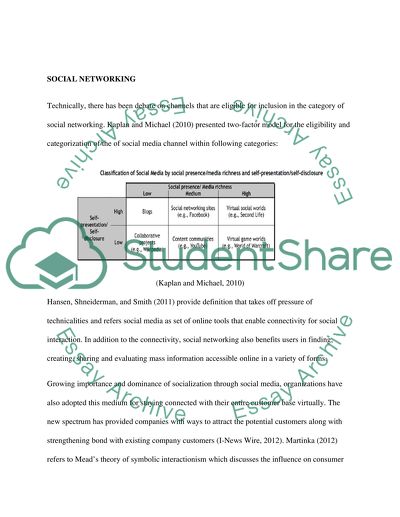Cite this document
(“From e-Business Support to Strategy Essay Example | Topics and Well Written Essays - 2500 words”, n.d.)
From e-Business Support to Strategy Essay Example | Topics and Well Written Essays - 2500 words. Retrieved from https://studentshare.org/e-commerce/1465132-from-e-business-support-to-strategy
From e-Business Support to Strategy Essay Example | Topics and Well Written Essays - 2500 words. Retrieved from https://studentshare.org/e-commerce/1465132-from-e-business-support-to-strategy
(From E-Business Support to Strategy Essay Example | Topics and Well Written Essays - 2500 Words)
From E-Business Support to Strategy Essay Example | Topics and Well Written Essays - 2500 Words. https://studentshare.org/e-commerce/1465132-from-e-business-support-to-strategy.
From E-Business Support to Strategy Essay Example | Topics and Well Written Essays - 2500 Words. https://studentshare.org/e-commerce/1465132-from-e-business-support-to-strategy.
“From E-Business Support to Strategy Essay Example | Topics and Well Written Essays - 2500 Words”, n.d. https://studentshare.org/e-commerce/1465132-from-e-business-support-to-strategy.


